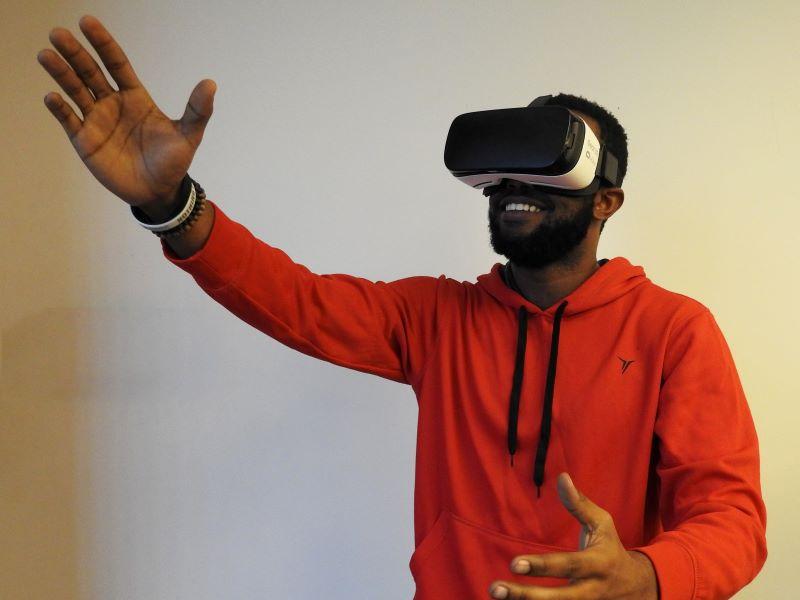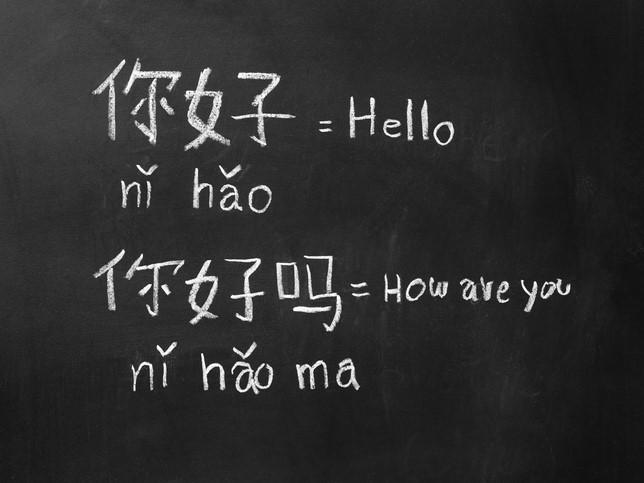
Teaching within virtual reality worlds: what, why and when
Key Details
This video will cover:
00:26 Thinking about how virtual worlds contextualise learning
01:55 Considering what virtual powers are appropriate to students’ learning
02:51 Giving students 24/7 access and editing powers over their virtual teaching space
Transcript
Hello, my name is Professor Gary Burnett. This is a short presentation describing five top tips on how to teach in virtual worlds, based on my experience of doing this successfully at the University of Nottingham with engineering and computing students, teaching them all about virtual reality from within virtual reality. OK, let’s get started.
So top tip one: a big advantage of virtual worlds in education is the enhanced ability to contextualise students’ learning. So, for example, we’re learning about how to design future autonomous vehicles. Then let’s go through a portal to immerse ourselves in a futuristic city, discuss the engineering design issues in the context that’s more fitting to the topic to encourage greater creativity amongst our students. Or we’re learning about what it means to climb Everest, and let’s go on a virtual tour taking in key landmarks as this educator has done.
Top tip two: immersive VR allows you to use 3D in more engaging ways compared to the real world. So, we can magic up a jet engine, which would clearly be hard to do, or impossible, in a real classroom, and then resize it, see it from different angles, perhaps even go inside it. This viewing from different perspectives, and agency over the world, could be really important for enhanced learning.
3D images and videos can also be really powerful, allowing students to literally get inside and experience. Here again, getting inside a 360 video of me in a driving simulator, a virtual world inside a virtual world.
This one, empower your students with appropriate levels of freedom. So yeah, it’s this is really interesting one from our experiences. Students can potentially defy the laws of physics and fly and go through objects. In some situations, this may be highly relevant to students’ learning.
Easy when inspecting an object from inside, but universal access to these superpowers can also be distracting both for the teacher and all the students. For instance, if you want all your students, like in the bottom left here, to be in a fixed position to watch a presentation – you don’t want them all flying around and distracting you and getting in the way of each other. But sometimes you might want them to fly, so that they can efficiently pick up objects placed in the world and take them to other places.
Top tip four, unlike most real-world classrooms, a virtual-world teaching space can be available 24/7 for your students. So not just in timetabled slots. In fact, it could be available long beyond the running of your course, for instance serving as a demonstration of your students’ work.
It can also be editable, either by you or by the students, to be more relevant to what is being covered that week, and encourage students to learn throughout the week with tasks or for students to gain a sense of ownership over the space. So here we can see in the bottom left a demonstration dome with a set of portals to virtual worlds created by my students, and the top right, selfies taken by my students pinned up on a board throughout the semester.
And finally, top tip five, the most important thing. Don’t just revert everything you do when teaching in the real world. This is very easy to start doing, but you need to be creative. You need to think about what you can do in a virtual world that you can’t do in the real world.
Yeah, for instance, you know, magic up a robo-taxi vehicle, as we’ve done in some of our classes; allow students to prototype interfaces for the future; or enable students to become wheelchair avatars so they can empathise with different types of users. It’s really important for our design students to think about the implications of their design for whether their users might be able to reach controls or see displays.
So obviously you may want to exploit some aspects of real-world teaching, you know, I’ve got 2D slides on a screen here. This is efficient, and students understand what that might mean, but clearly there’s a potential for so much more magic teaching in virtual worlds.
OK, thanks for listening, I’m off. See you now, then. Bye.
Gary Burnett is a professor in the Faculty of Engineering at the University of Nottingham.
He has been shortlisted for Most Innovative Teacher of the Year in the Times Higher Education Awards 2022. A full list of shortlisted candidates can be found here.
If you found this interesting and want advice and insight from academics and university staff delivered direct to your inbox each week, sign up for the THE Campus newsletter.


